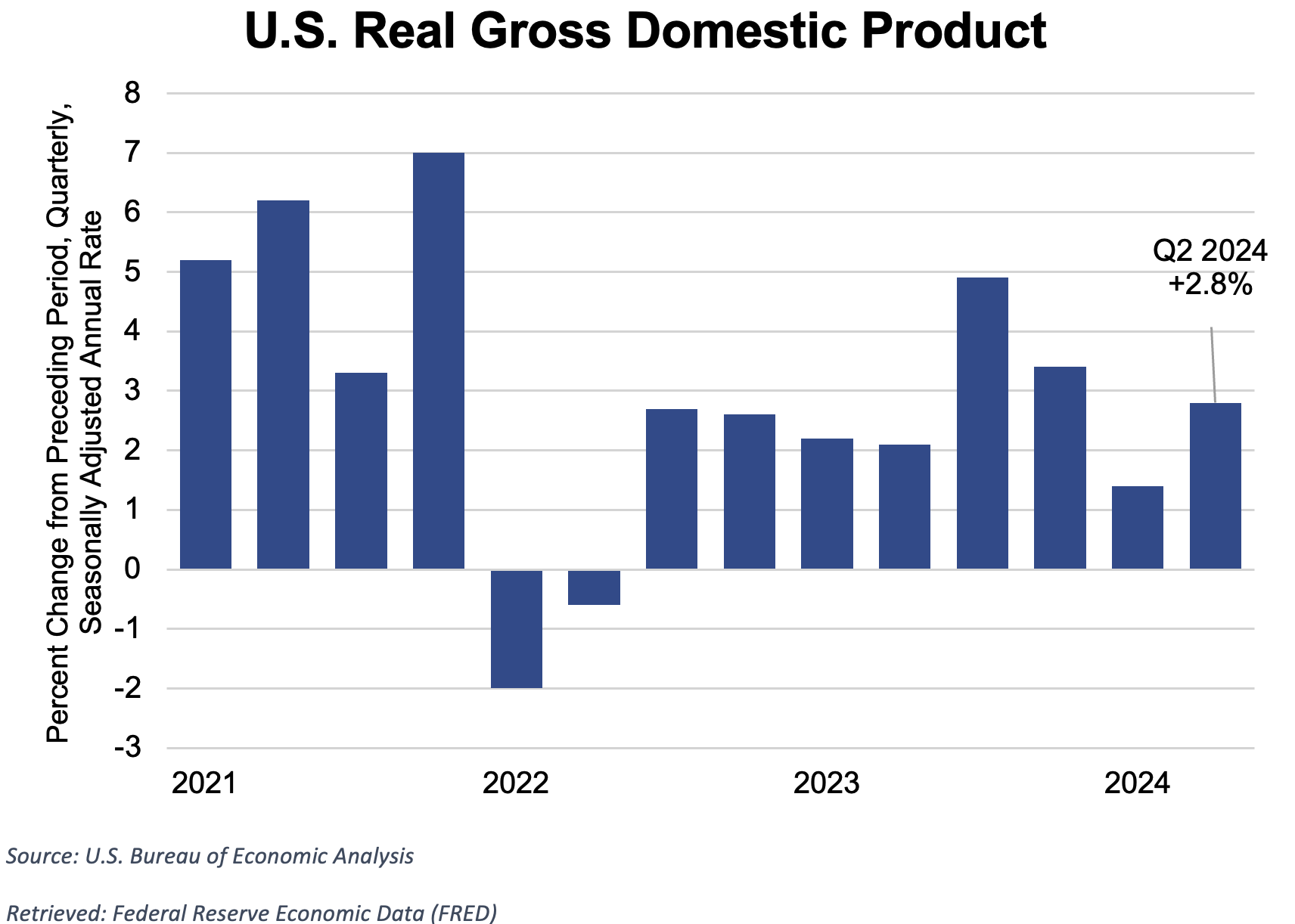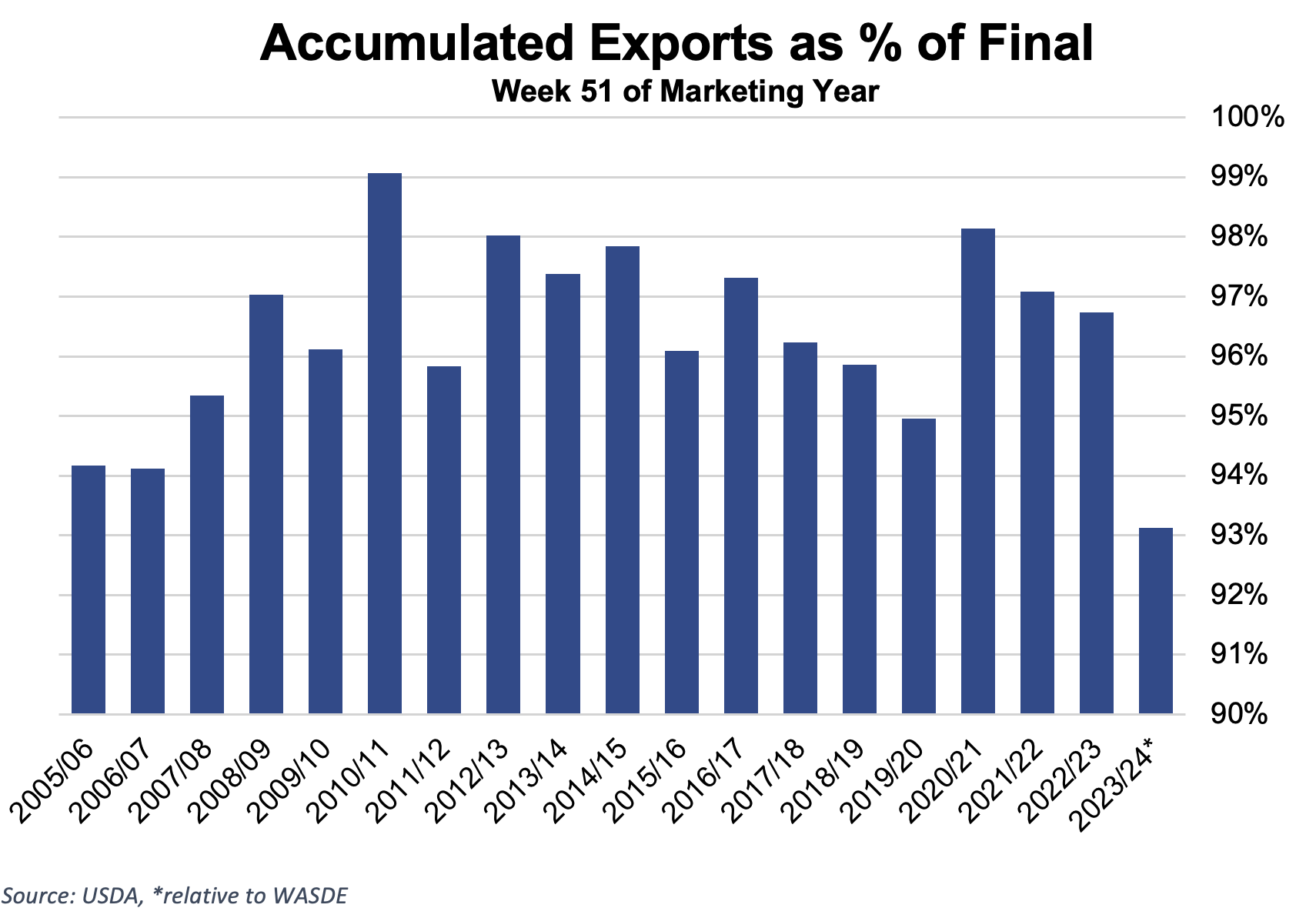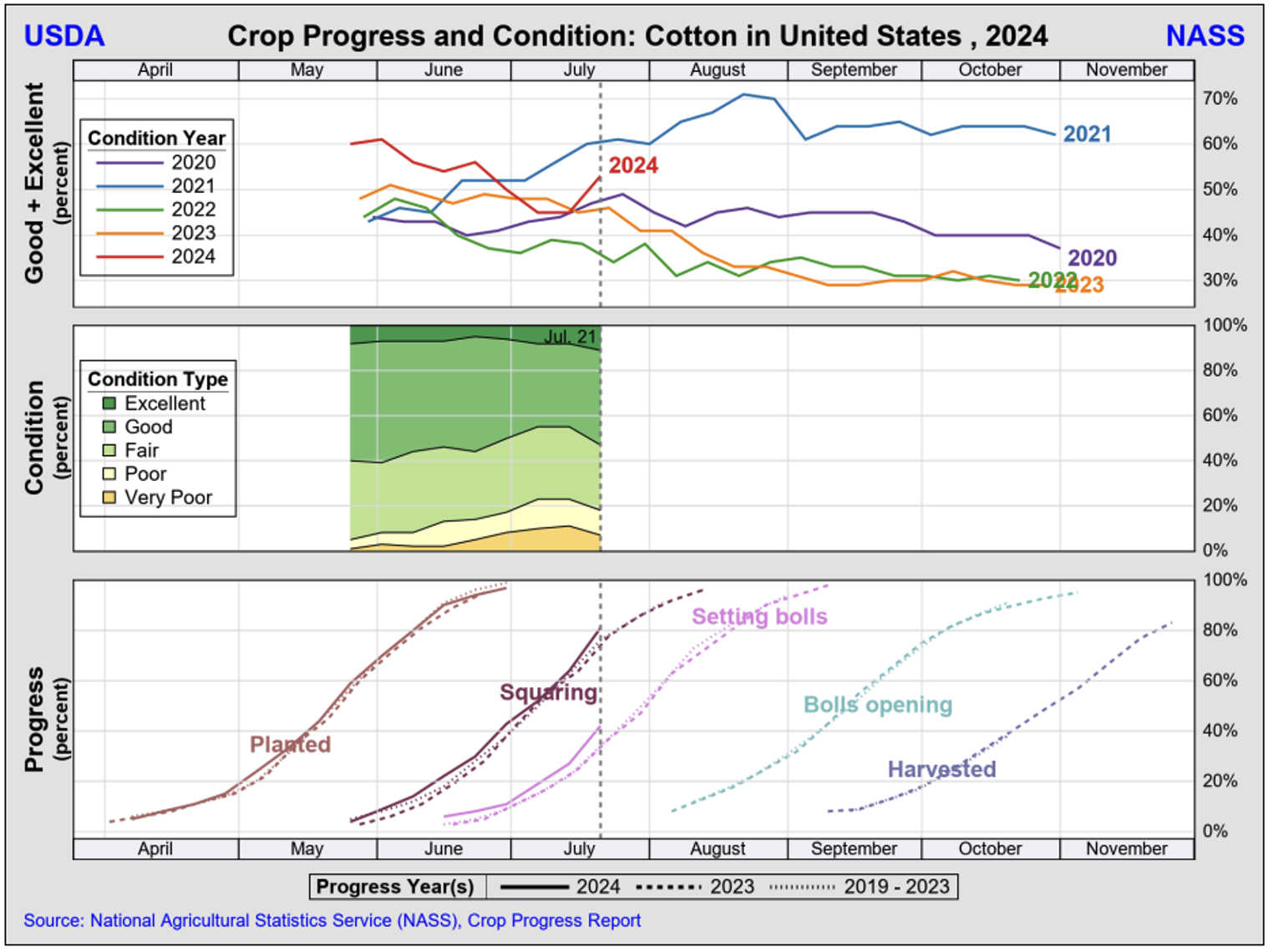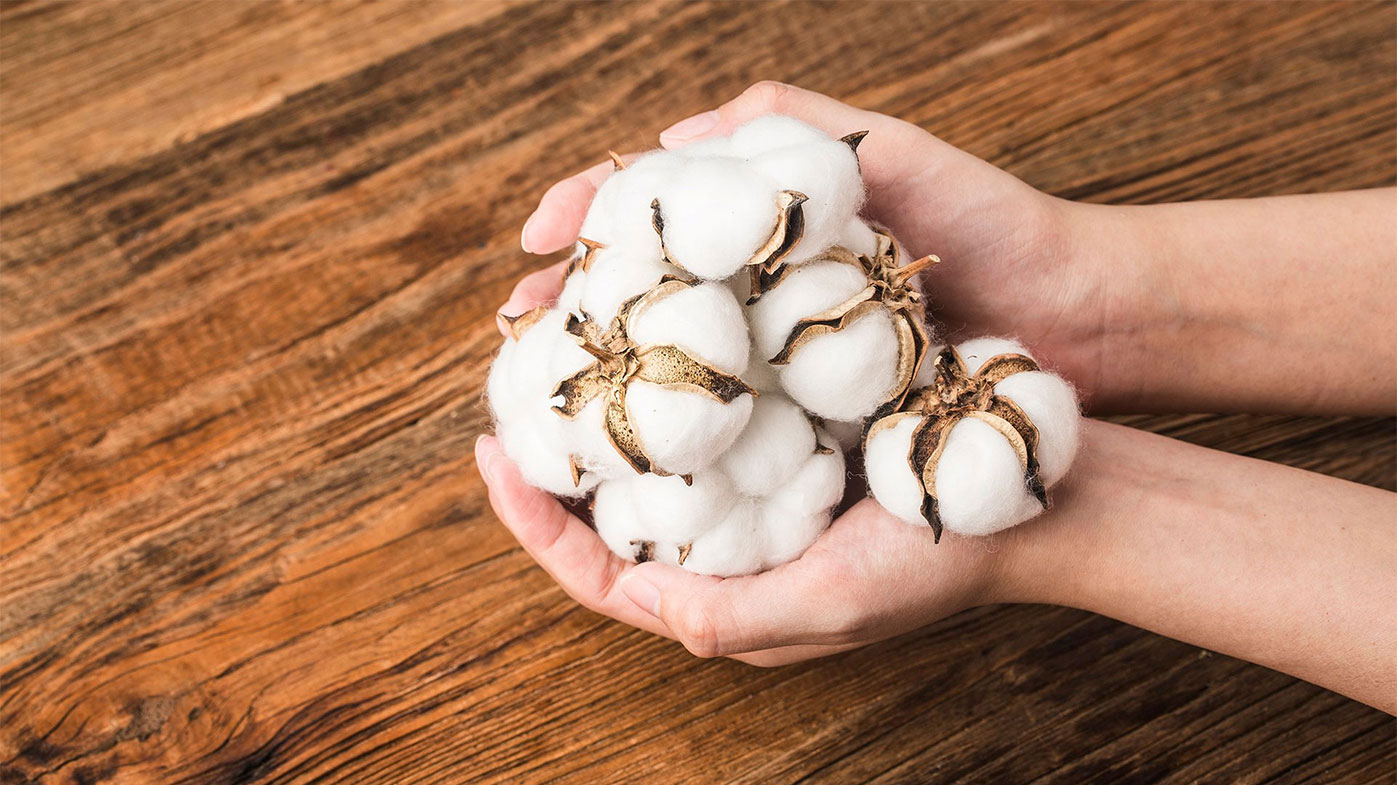PCCA Cotton Market Weekly
July 26, 2024
December futures sank to their lowest level in over two years.
- Price pressure came from all directions this week. A weak technical outlook, speculators retaining a near-record short position, declining outside markets, and talks of a bigger crop caused the significant sell-off. The near-term outlook is bearish, with the summer doldrums in full swing and current market conditions.
- The December contract fell 303 points, settling at 68.90 cents per pound.
- A significant imbalance remains despite more on-call sales being added compared to purchases. As of July 19, on-call sales totaled 58,518 contracts, and purchases totaled 81,842 contracts.
- Daily volume traded increased slightly with this week’s sell-off. The total number of open contracts increased by 8,052 to 226,674.
- Bales eligible for delivery against futures continued to decrease. This week, 3,096 bales were decertified for delivery, reducing the total certificated stock to 38,026.
Broader markets experienced a steep sell-off this week, recording their worst day since 2022.
- The massive pullback was partly due to overbought market conditions and underwhelming earnings reports from big tech companies.
- The U.S. economy grew more than expected in the second quarter, fueled by continued consumer spending, business investments, and cooling inflation. The U.S. Gross Domestic Product (GDP) rose at an annualized rate of 2.8%, much higher than the 2.1% forecasters expected.
- The U.S. Personal Consumption Expenditure (PCE) Price Index rose at an annualized rate of 2.5% in June, aligning with expectations and adding confidence that price pressures are easing. Now that inflation seems to be slowing, there is uncertainty about when the Fed will cut interest rates this year, but many anticipate one will occur in September.

Net sales reductions and mediocre shipments were reported for the week ending July 26.
- U.S. exporters reported a reduction of 74,200 Upland bales, a marketing-year low. Lower sales or net reductions on the report are not unusual as the crop year winds down.
- The recently lower prices helped boost subsequent crop year sales. Exporters booked 285,900 bales for the 2024/25 crop year, keeping outstanding sales above last year’s level but still below usual commitments.
- Shipments have been the focal point of the Export Sales Report. The 131,300 bales shipped for the week are not at the level needed to reach the 11.6 million bale estimate. Current conditions appear that the U.S. will be carrying upwards of 2 million bales into the next marketing year.
- Pima merchandisers sold a marketing-year low of 100 bales of the current crop and exported 2,300 bales. A net of 4,900 bales were committed for the 2024/25 crop year.

The good to excellent condition rating for the U.S. increased to 53%.
- The crop rated good to excellent in Texas increased 12% this week to 46%. Oklahoma showed a 7% decrease, dropping to 69%, and Kansas increased 1% to 65%.
- In the U.S., 81% of cotton is now squaring, and 42% is setting bolls.
- Concerns are growing that continued rainfall will adversely impact the quality of the South Texas crop. Now that harvest is in full swing, open skies and warmer weather would be welcomed in the coming weeks.
- Although the crop has a wide variation of maturity levels, the West Texas, Oklahoma, and Kansas crops are progressing well overall. The recently cooler temperatures have relieved heat stress, but timely rains will be needed to help the crop progress. In the coming week, higher temperatures and no precipitation are expected.

The Week Ahead
- Next week, all eyes will be on the FOMC meeting, which will occur on Tuesday and Wednesday. There are no expectations of a rate cut at this meeting, but many hope the Fed will shed light on the potential of rate cuts at the September meeting.

The Seam
As of Thursday afternoon, grower offers totaled 16,984 bales. There has been no trading activity on the G2B platform in the past week.








